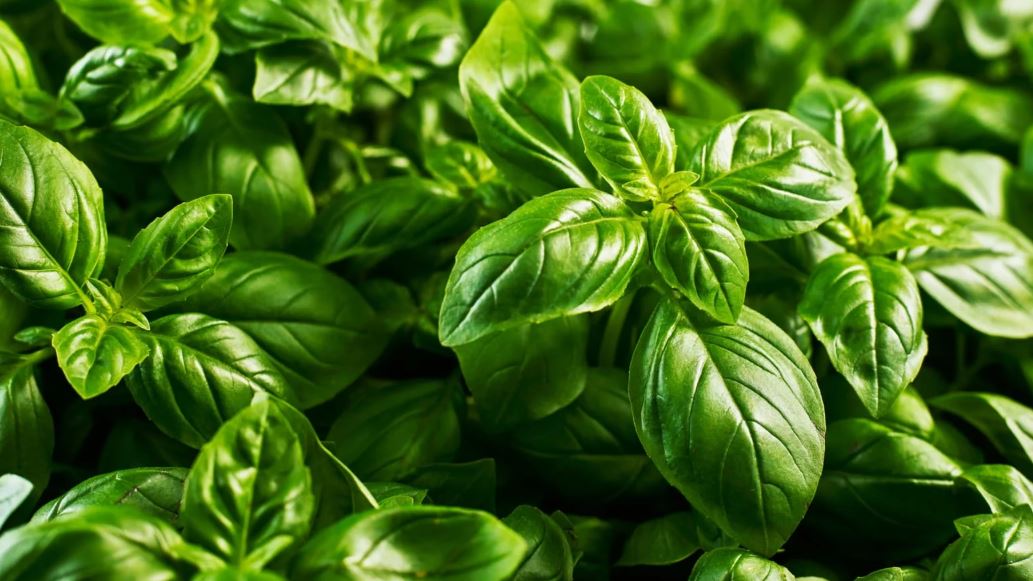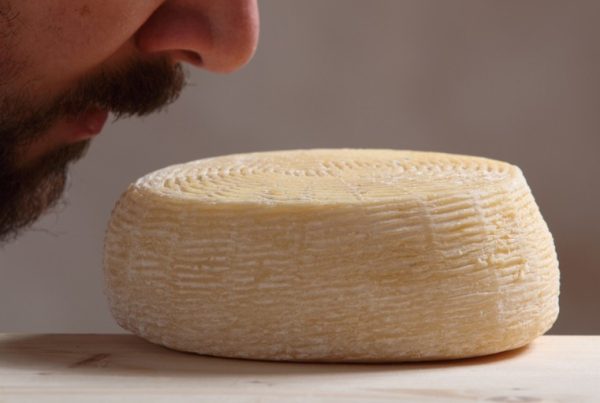Getty
Caleb Harper and Risto Miikkulainen were on a mission to grow basil: lots of it, fast, in an industrial environment—and without compromising the herb’s sweet-but-savory flavor.
So they did. The two scientists—Harper is a research scientist at MIT’s Media Lab, Miikkulainen is a professor of computer science at the University of Texas at Austin—and their team hauled a bunch of shipping containers into a warehouse in Middleton, Massachusetts. They fitted the containers with automated lights, air conditioners, and plumbing, then hooked them up to a computer control system running sophisticated A.I. algorithms that the team wrote.
In April, Harper and Miikkulainen published the results of their experiment in PLOS One, chronicling how they used A.I. to make what could be the world’s first, smartest batch of basil.
Why basil and not some other plant? “Basil was chosen as the model organism because it has a fast growth cycle (five weeks), and because the outcome can be readily measured in terms of fresh weight (quantity) and chemical analysis of flavor,” Harper and Miikkulainen told The Daily Beast.
The algorithms sifted through millions of possible combinations of light, temperature, and humidity in order to find the best possible conditions for growing basil (the scientists jokingly called the A.I.-optimized basil setups “plant computers”).
The goal was to duplicate—and improve upon—the kind of industrial farming setups that are becoming increasingly popular in crowded countries with limited arable land, like Japan.
Using A.I. in this kind of farming could help produce more food using fewer resources and without sacrificing quality, Miikkulainen told The Daily Beast.
“Eventually these methods could lead to transforming agriculture,” Miikkulainen told The Daily Beast. “Food and other agricultural products can be grown where they are consumed, their quality and quantity can be improved and cost reduced.”
With the help of their plant computers, Harper and Miikkulainen’s team made a surprise discovery: Basil actually responded well to round-the-clock light, the type you might experience during summers in the Arctic.
Whereas some food plants grow steadily but lose flavor under 24-hour light, the basil in the experiment actually benefited from a virtual endless day. Skipping nighttime “induces the most flavor molecule production in basil,” Harper and Miikkulainen and their team found.
“You couldn’t have discovered this any other way,” John de la Parra, a researcher on Harper and Miikkulainen’s team, said in an MIT release. “You had to have artificial circumstances in order to discover that.”
A little help from A.I. can do more than just make agriculture more efficient. It also could help farmers to diversify their crops and make them more resilient in the face of environmental challenges such as climate change, Pat Mooney, an agriculture expert with the International Panel of Experts on Sustainable Food Systems, told The Daily Beast.
“If you’re going to have food security in the decades ahead, then you need to have greater genetic diversity,” Mooney said. Government and companies hold vast troves of seeds that could help to diversify farmers’ crops. But it’s hard to know which seeds hold which beneficial traits.
Enter algorithms like the ones Harper and Miikkulainen experimented with. “You can use A.I. to identify genetic diversity in gene banks,” Mooney explained.
A.I.-boosted genetic engineering also could produce brand-new plants, Miikkulainen said. “It might also be possible to grow crops that do not exist today, such as biofuels or medicines. The potential implications are huge.”
But Mooney cautions against overly lofty expectations. It’s one thing to grow a boutique crop of some rare herb for your restaurant in San Francisco; it’s quite another to transform agriculture across the world’s developing countries, where almost everyone grows their own food.
“Seventy percent of the world’s people get food from peasant production,” Mooney pointed out. “That’s also where some of the greatest food need is, and that’s a long way from from someone’s factory in New York City.”
For that reason, the main benefit of A.I.-assisted agriculture could be to develop, on a small scale, slightly better methods of growing more diverse sets of crops—methods that lots of poor farmers all over the world then cheaply could adopt.
Peasant farmers would continue farming their fields instead of switching to computer-controlled shipping containers. But they’d do so using less space and water and with greater confidence that changes in the climate won’t just kill all their crops and starve them and their families.
In that way, a more productive farm in a poor country, rather than some high-tech urban crop-factory, might be the best possible long-term outcome of the basil experiment.
“It probably does show different ways things can be done more efficiently and quickly,” Mooney said of Harper and Miikkulainen’s experiment. “That’s encouraging.”
Source: How A.I. Engineered the Most Delicious, Efficient Basil Ever













